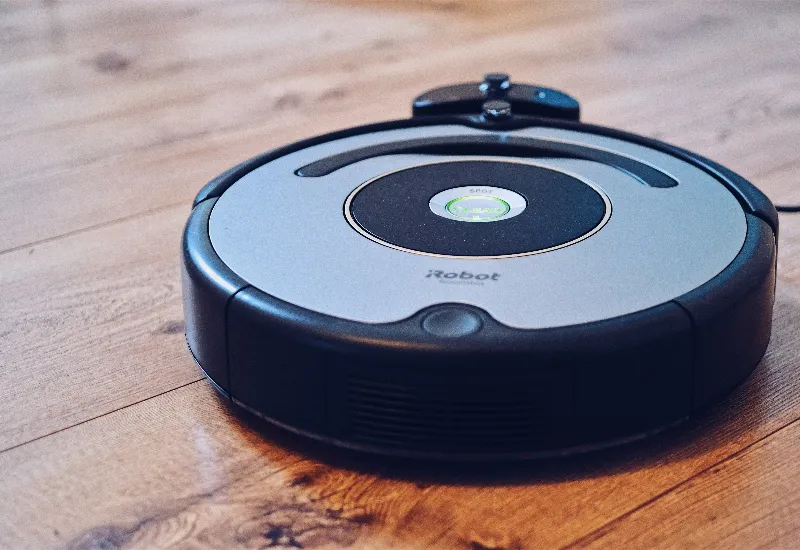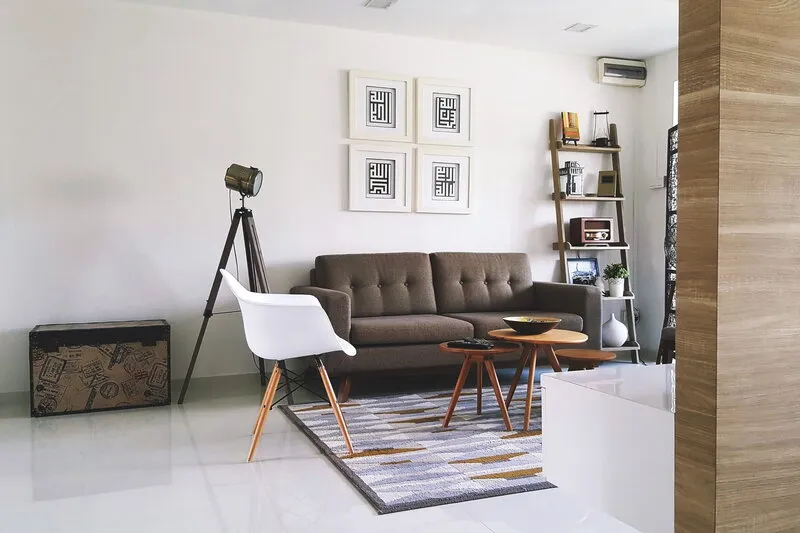Cleaning hardwood and carpeted floors is essential for preserving their beauty and durability. However, many people unintentionally make mistakes that can lead to damage or ineffective cleaning results.
Let’s explore common mistakes and provide practical tips for a safer and more efficient cleaning routine.
Mistake 1: Using Excessive Water
Explanation: One of the most prevalent mistakes is using too much water, which can cause hardwood floors to warp or carpets to develop mold.
Solution: Opt for a damp mop or cloth instead. Wring out excess water and ensure the cleaning tool is only slightly damp. For carpets, use a carpet cleaner following manufacturer instructions to avoid over-wetting.
Mistake 2: Neglecting Regular Sweeping and Vacuuming
Explanation: Failure to sweep or vacuum regularly allows dirt and grit to accumulate, potentially scratching hardwood or embedding in carpet fibers.
Solution: Make a habit of sweeping or vacuuming at least weekly, especially in high-traffic areas. Use a soft-bristle broom or a handheld vacuum with suitable attachments for hardwood or carpets.
Mistake 3: Using Harsh Cleaning Products
Explanation: Harsh chemicals and abrasive cleaners can damage hardwood finishes or discolor carpets.
Solution: Choose mild, pH-neutral cleaners designed for hardwood or carpet. Avoid ammonia, bleach, or acidic cleaners. Test new products in a small area first.
HEPA Filter Vacuum Cleaners
Additionally, consider using a HEPA filter vacuum cleaner for enhanced cleaning. HEPA filters trap small particles and allergens, improving indoor air quality while effectively cleaning floors. Ensure the vacuum is suitable for both hardwood and carpeted floors to maintain their longevity.
Mistake 4: Scrubbing or Brushing Too Aggressively
Explanation: Vigorous scrubbing can scratch hardwood and fray carpet fibers.
Solution: Use gentle, circular motions for hardwood floors to prevent damage. Blot stains on carpets with a clean cloth instead of scrubbing. Use soft-bristle brushes or appropriate vacuum attachments when brushing is necessary.
Mistake 5: Ignoring Proper Drying Techniques
Explanation: Allowing moisture to linger on floors can lead to warping or mold growth.
Solution: Thoroughly dry floors after cleaning. Immediately wipe up excess moisture and improve airflow with fans or open windows. In humid climates, consider using a dehumidifier for faster drying.
Handheld Vacuum
For quick and efficient spot cleaning, a handheld vacuum is ideal. These portable devices are perfect for small messes on both hardwood and carpeted floors, providing convenience and versatility in your cleaning routine.
Using Smart Devices like Robot Vacuum Cleaner

Robot vacuum cleaners are increasingly popular for their convenience and efficiency on both hardwood and carpeted floors. Ensure the robot vacuum is suitable for hardwood floor to prevent scratching. Look for models with sensors to avoid obstacles and strong suction for carpets.
Frequently Asked Questions (FAQ)
Can I use a steam mop on hardwood floors? Using a steam mop is generally not recommended for hardwood floors due to potential warping from heat and moisture. Stick to gentle cleaning methods like a damp mop.
How often should I professionally clean my carpets? Professional carpet cleaning every 12 to 18 months is advisable, depending on foot traffic and household conditions, to maintain carpet condition and longevity.
Can I use vinegar to clean hardwood floors? Avoid using vinegar on hardwood floors as its acidity can damage the finish over time. Opt for pH-neutral cleaners formulated for hardwood.
How do I remove pet stains from carpets? Blot pet stains with a clean cloth, then clean with mild dish soap and warm water. Avoid rubbing the stain, and consider using a pet-specific carpet cleaner if needed.
Is it necessary to use a carpet protector after cleaning? Using a carpet protector is recommended to repel stains and maintain carpet appearance. Consult with professionals for suitable options and application methods.
By avoiding these common mistakes and adopting safer cleaning practices, you can ensure your hardwood and carpeted floors remain beautiful and durable for years to come. Remember to use minimal water, regularly clean, choose appropriate products, be gentle during cleaning, and ensure thorough drying. With these tips, you’ll enjoy clean and well-preserved floors throughout your home.
